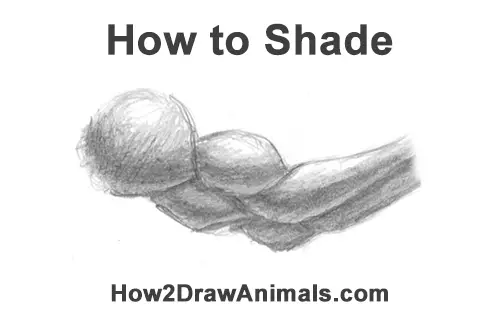
Use the video and tutorial below to learn how to shade your drawings. The tutorial will show you three different exercises to practice shading. Please pause the video to learn at your own pace.
Exercise 1: Create a value scale with your pencil.
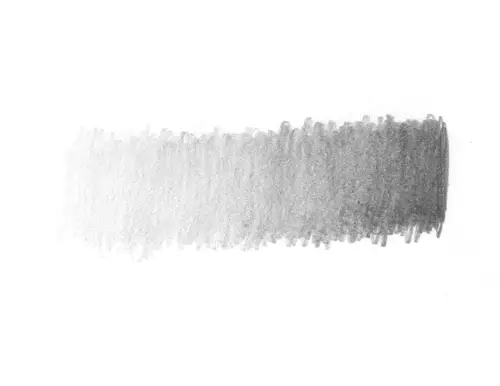
Using any pencil, start to shade lightly on one side and gradually darken your strokes toward the other side. This process is sped up. The video would be too long otherwise, but take your time when you do this. This value scale will show you how light and dark your pencil can be, and you can use it for reference. This exercise will also help you control the pressure that you apply to the paper with your pencil's graphite. Quickly draw strokes from top to bottom, adding more pressure the farther right you go to make them darker.
You can also go back and fix your scale so that the transition from light to dark is more gradual. The transition from light to dark should be gradual and smooth. There are other ways to shade, like stippling and cross- hatching, but for this video, let's shade smoothly. This may be difficult at first , but with practice you'll have greater control of your pencil.
You may also find it easier to go from dark to light instead. The important part is to control the pressure of your pencil to get a smooth and gradual transition.
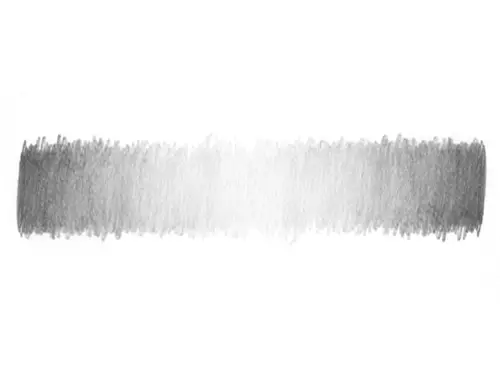
When you get more comfortable, try to go from dark to light, then back to dark and so on. Remember that you can always go back and add more value where needed to make the transitions smoother.
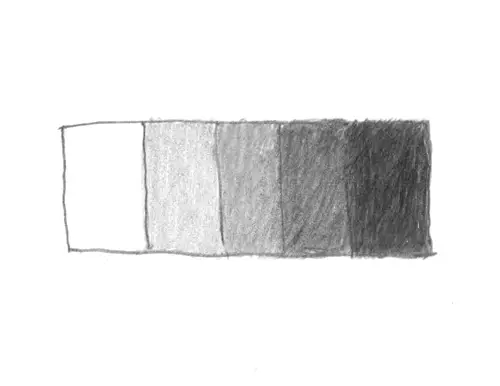
Here is another exercise you can do to sort your pencil's values for reference. First draw five small boxes. Now shade in the box on the right as dark as you can. Don't apply too much pressure because the graphite will be too shiny and you might tear the paper. Now compare the boxes at the ends and shade the box in the middle using a value in between. Now fill in the other two middle boxes with the corresponding values so that the scale goes from light to dark. This is just another way to order your pencil's levels of darkness. You should still practice the smoother light to dark transition.
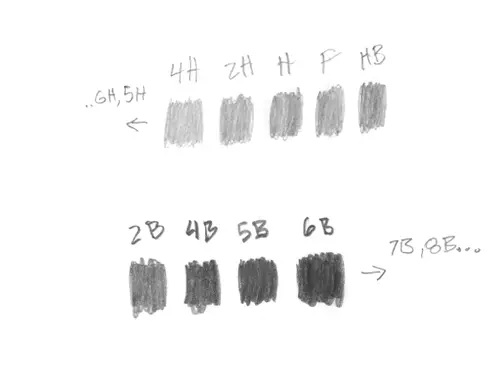
You can also use pencils that have graphite of different values. These pencils have a graphite of a specific strength. They won't shade lighter or darker than their grade. Pencils with a light graphite value fall under the H category, like 6H, 4H, 2H, etc. Pencils with a dark graphite fall under the B category, for example 2B, 4B, 6B, etc. The entire scale from light to dark is:
9H, 8H, 7H, 6H, 5H, 4H, 3H, 2H, H, F, HB, B, 2B, 3B, 4B, 5B, 6B, 7B, 8B, 9B.
These pencils can be very useful when you require a specific value on your drawings.
Exercise 2: Apply the value scale to simple shapes to shade them.
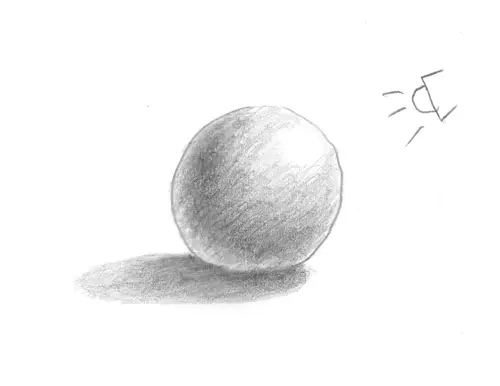
Draw simple shapes and shade them to make them three-dimensional using the value scale. Here's how to turn a circle into a sphere. First determine where the light will come from. I drew a small lamp-like object on the top, right side. The top, right side of the circle is closer to the lamp, so it's the brightest spot. Leave it blank.
Continue putting more pressure toward the lower, left side of the sphere. This side should be darker because it's farther away from the light source. The darkest part of the sphere is called the core shadow. Notice how it curves to conform to the sphere.
The lower, left side of the circle, along the inner edge, should be a bit lighter. This is the reflected light from the surface where the sphere sits. Now because you practiced your value scale, you should be able to get a smooth, gradual transition from light to dark.
Under the sphere, draw a shadow that is cast on the ground. The cast shadow will be a thin, oval- like shape that stretches to the left because the light source is on the top, right side. The cast shadow should be darkest directly under the sphere and it should gradually get lighter toward the left. Here in the cast shadow, the gradual dark to light transition of the value scale is important as well.







